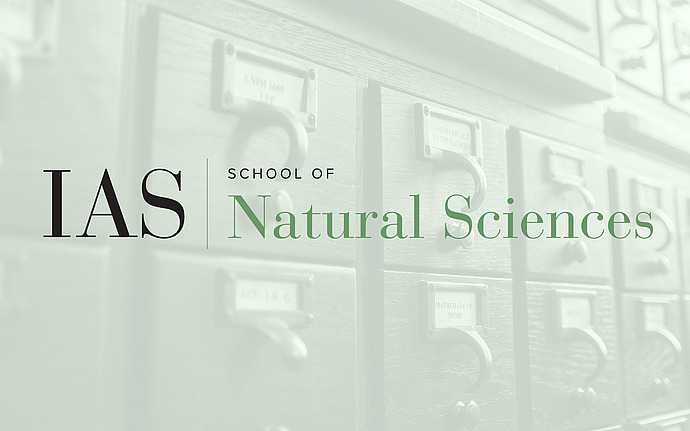
Princeton University Survey Science Discussion
The most distant quasars and the first supermassive black holes.
Quasars - accreting super-massive black holes - are the most luminous non-transient sources known and can be seen at redshifts of z > 7, when the Universe was just ~5% of its current age. This implies that black holes with masses of up to ~10^9 M_Sun formed less than 800 Myr after the Big Bang, impossible under the default paradigm of Eddington-limited accretion onto stellar mass black holes. The greatest barrier to understanding the formation and growth of these objects is the lack of data: quasars are very rare at these distances/times with fewer than ten known with z > 7 at present. I will report on recent observational developments in this field, with a particular focus on the early results from the Euclid mission, for which the Wide Survey has the necessary combination of area, wavelength coverage and depth to increase the number of known quasars by an order of magnitude and to push to redshifts z > 8 and beyond.